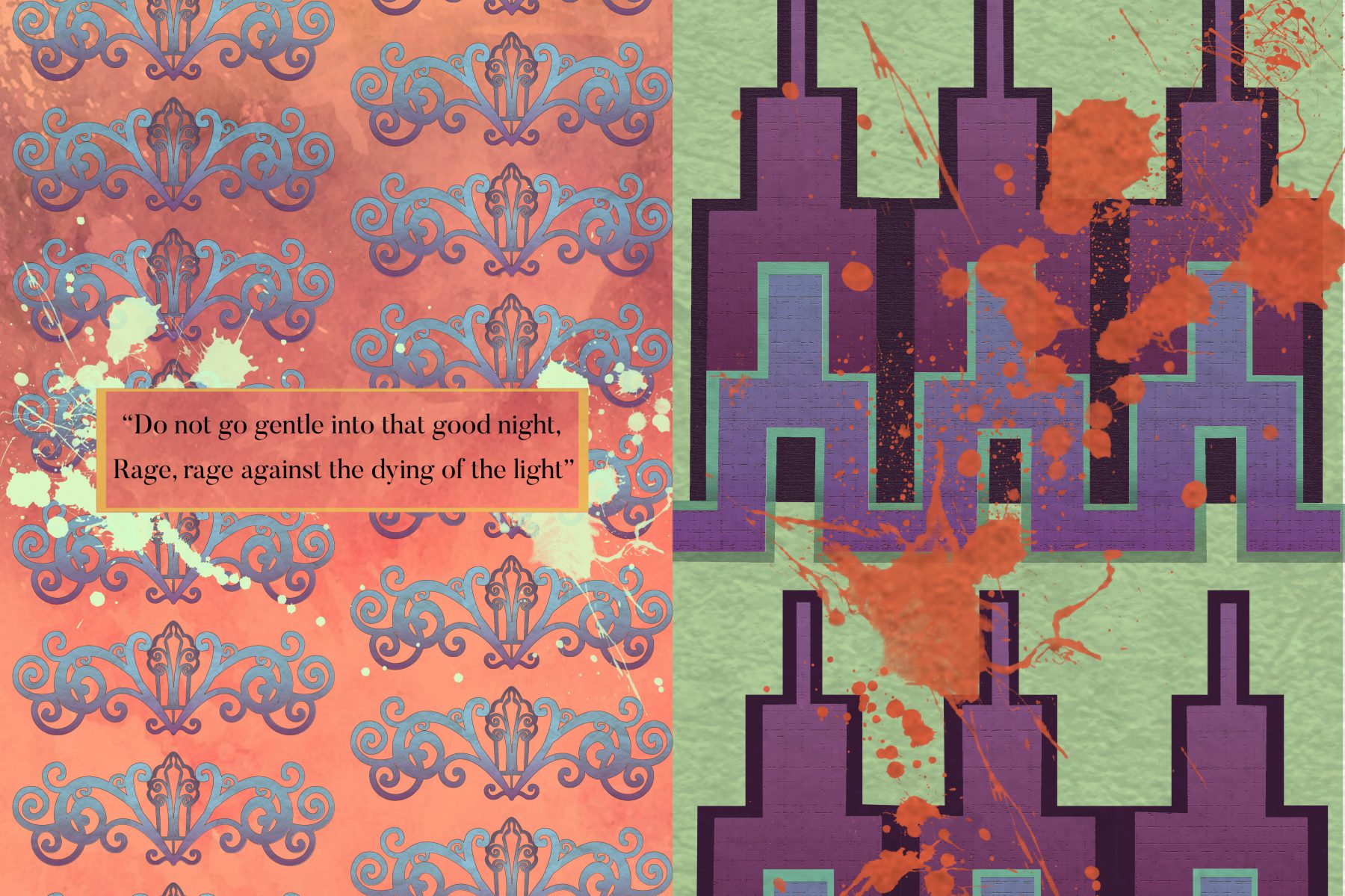In this short essay, I will be talking about the 5 principles of Interactive media as mentioned in Bradley Dinger’s “A Review of the Language of New Media”, my thoughts on them and how they relate to my group project “Confessions”. This is to have a better understanding of my group project and also to have a better understanding of Interactive Art as a whole.
Numerical Representation
From the reading my understanding of Numerical Representation is the continuous conversion of data to another form. Simply put, it is the translation of code into art. This conversation occurs in two steps sampling and quantization. Data is first sampled at regular intervals and then each data is quantified from a given range. This I take it is like how the variables we put in Processing’s draw function or Aurduino’s Loop function is run through multiple times per second and translated depending on how we code it. Naturally, since my group project involves a whole chunk of coding, where there is a programme for people to write their thoughts and another programme on another computer that reads this input and displays it on screen, it definitely involves numerical representation. My thoughts however now stray to something like Nam June Paik’s “Magnet Tv”. Does that invovle numerical representation when it mainly involves just waves from the tv and it being disrupted by the magnet?
Modularity
Modularity here involves the fractal structure of new media, where each individual component that makes up the whole art work in new media can be easily isolated and edited without affecting the integrity of the art work too much. This also means that parts can be easily deleted without rendering the whole artwork useless. In my group project for example, library plug ins and object oriented coding are used for the code. Here each individual part,like how the words are displayed, can be easily edited. The project also consist of two parts, the software code and the physical part which involves two rooms. The aesthetics of the rooms for example can be easily edited without affecting the code.Now I understand where the author is coming from here, but in these cases, especially for code, taking one part out might not even allow the code to run? Maybe it is not so much as each part can run individually but rather it is about being able to easily edit each individual part at any point of time.
Automation
Automation here involves being able to “run by itself”. Here I would once again refer to the code of my group project. The code here will always check automatically whether there is input int he form of messages from the participant and where there is input, this message will be displayed.
Variability
Now variability I think, like the next principle is one of the more important aspects of interactive art. Variability means that interactive art will always be different at different instances as it involves input from the audience to function as an artwork. In the case for my group project, the artwork will be different depending on the audience’s messages and whether they decide to destroy the messages they put up. Now this goes further for interactive art to have high interactivity. For example if variability in terms of input is high but output is always the same, interactivity is still low. Thus output mus match in level to the entropy of the input. It is only when the audience realises that that entropy is being translated into different outputs would they experience interactivity. For chaos to be considered art, there must be order.
Transcoding
This aspect I find is what makes a good interactive art poignant, when it causes the audience to think and reflect. Here cultural transcoding entails that the audience have a new perspective on the topic of the art work as it is being represented with technology as its medium. In this class, I see it as every single group is transcoding a form of interstice. My group is transcoding the interstice of thoughts and space representing it as a cybercloud that can be interacted with.
Thus I believe that my group’s artwork does fulfill these five basic criteria. Now I only wonder, how do we make it go beyond just the basics to make it into a good piece of interactive artwork. That is a question I hope to solve in the coming weeks.
Thank you for taking time to read this short essay and I hope you have a wonderful day!
